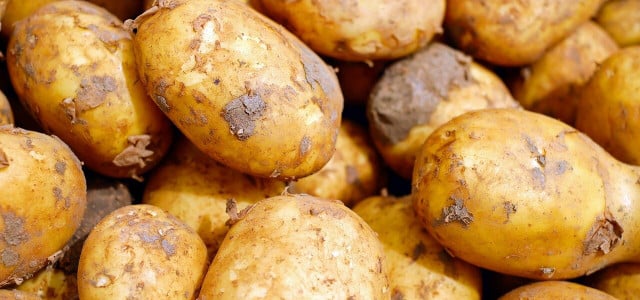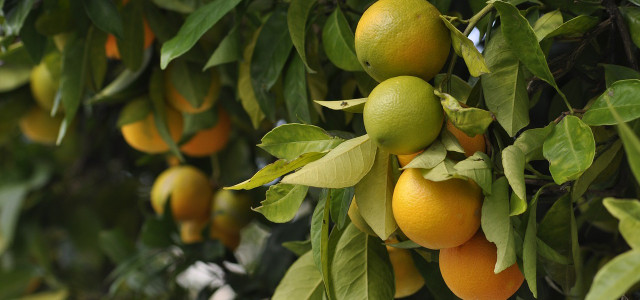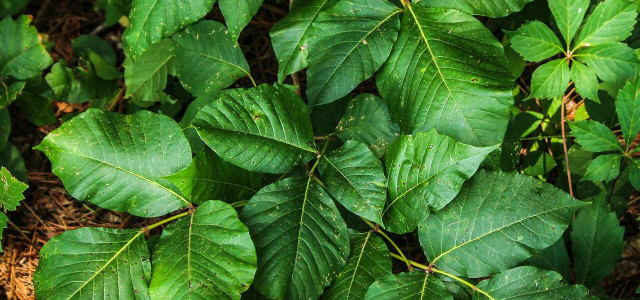Harmless fruits can become toxic under certain conditions. Save yourself from a medical emergency by taking a look at eight potentially poisonous fruits.
You might be surprised to know that not all fruits and vegetables are completely safe for consumption, despite being common household ingredients. Whether toxic in their unripe form, or harmful if eaten in extremely large amounts, here are eight types of potentially poisonous fruits.
1. Elderberries
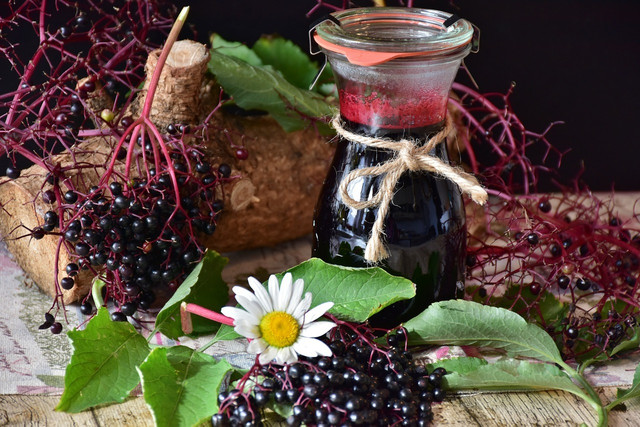


(Foto: CC0 / Pixabay / RitaE)
A very underrated ingredient, the average ripe elderberry poses no danger to you if ingested. However, the elderberry plant itself is highly toxic to humans. Made from cyanogenic glycoside sambunigrin, the leaves, bark, and roots of the elderberry bush can potentially make us sick if eaten. As well as this, you should probably stay away from unripe elderberries themselves and their seeds. They contain much higher concentrations of alkaloids and lectins, both of which can toxic if consumed in very large amounts.
2. Apricots
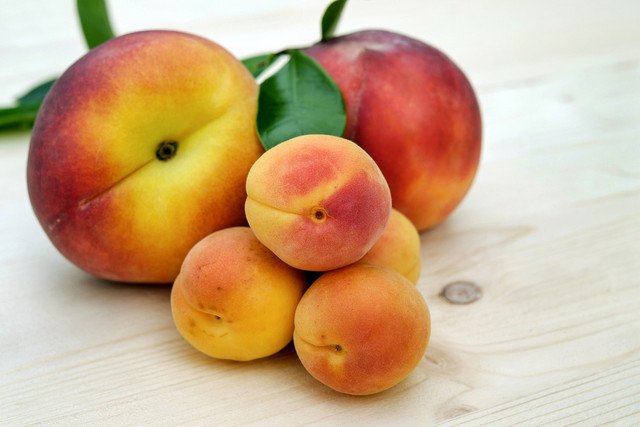


(Foto: CC0 / Pixabay / Couleur)
Although the average grocery store apricot is not toxic, and can actually be a good source of protein, its pit can be toxic if ingested. This is because it contains the toxin amygdalin, which releases cyanide when the pit is broken or ingested. If eaten in large amounts, apricot pits can lead to cyanide poisoning in humans, a condition that can be fatal. In addition to this, apricot pits are also toxic to dogs.
3. Poisonous Fruits: Apples
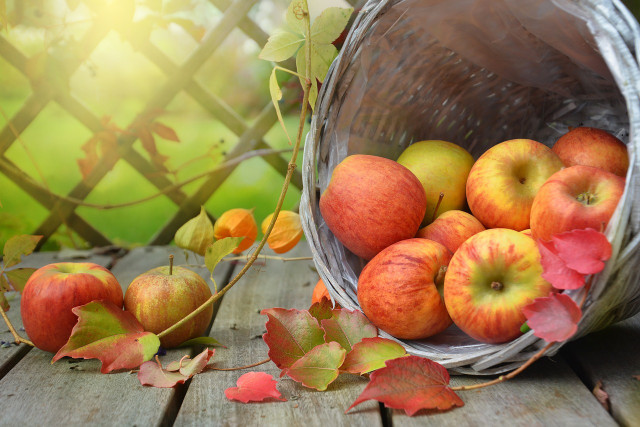


(Foto: CC0 / Pixabay / castleguard)
Apples are one of the most recognizable fruits in the world, though some parts can indeed be harmful to us. Like apricots, apple seeds contain amygdalin, which degrades into cyanide when the seed is ingested or damaged. Although you would have to ingest hundreds of seeds for this poison to be lethal, eating a moderate amount of them can still cause acute cyanide poisoning, so it’s still best to not eat apple seeds intentionally.
4. Cashews
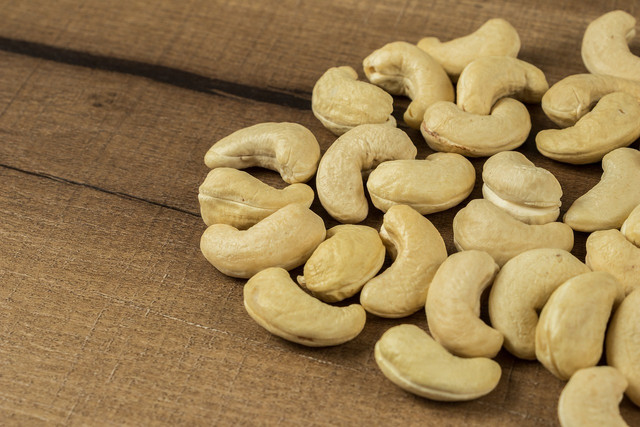


(Foto: CC0 / Pixabay / ReadyElements)
This is the only nut on this list – cashews can in actuality become poisonous under certain conditions. While the store-bought nut itself is not harmful, eating or handling the shell of this nut in its raw form can be bad for us. This is due to urushiol, a toxin found in the oil between the cashew nut and the shell itself. Similar to poison ivy and poison oak, handling raw cashew shells can lead to skin rashes and illness if they are ingested. However, this is unlikely to happen, as even ‘raw’ cashews found in grocery stores have been roasted and shelled to remove any traces of urushiol.
5. Winter Cherries Are Poisonous Fruits



(Foto: CC0 / Pixabay / KathyB-Photos)
Not to be confused with the regular grocery store cherry, winter cherries are an example of a toxic ‘imposter fruit’. Similar to tomatoes in color and size, the winter cherry is in fact a mildly poisonous fruit. This is due to them containing solanine, a substance that can be toxic in large quantities. As well as causing stomach upsets and vomiting in humans, winter cherries are toxic to some animals when ingested.
6. Lychees
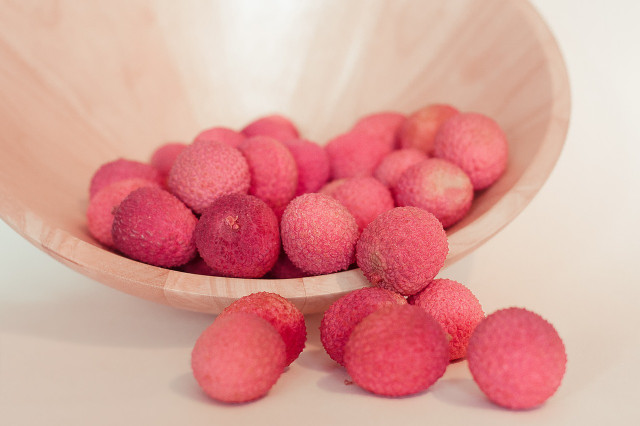


(Foto: CC0 / Pixabay / Nikiko)
One of the most popular and delicious tropical fruits, the common lychee does have a dark side. While completely safe when eaten ripe, unripe lychees contain high levels of hypoglycin, an amino acid that prevents the body from producing glucose. As a result of this eating unprocessed or unripe lychees can cause extremely low blood sugar levels in some rare cases, and the side effects associated with this.
7. Yellow Star Fruits
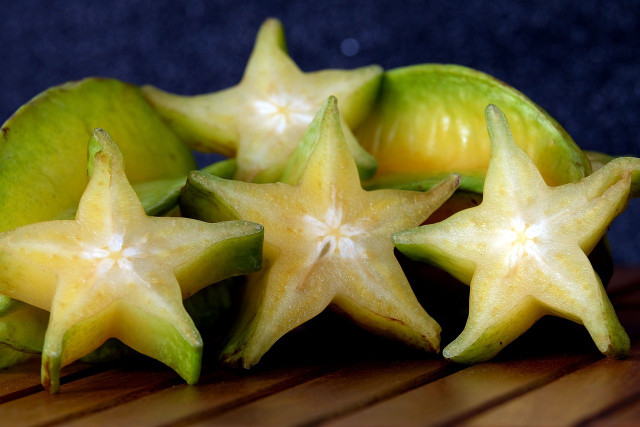


(Foto: CC0 / Pixabay / ignartonosbg)
A delicious and uniquely shaped fruit when sliced, the yellow star fruit can become toxic or even deadly if ingested by people with certain health conditions. Containing high amounts of oxalates, yellow star fruits are recommended to be avoided by people with kidney disease or other pre-existing kidney issues, as their bodies will struggle to process oxalates correctly.
8. Rhubarb
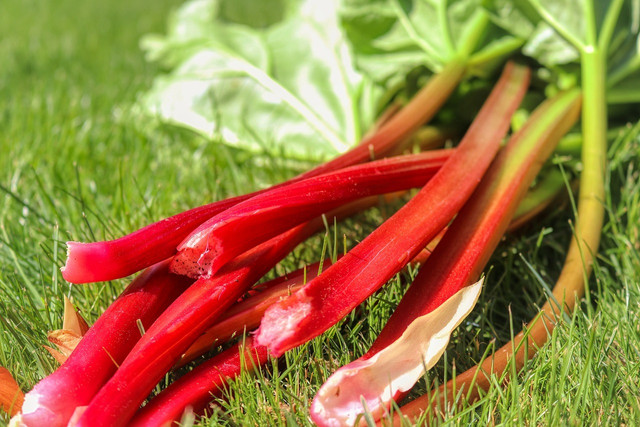


(Foto: CC0 / Pixabay / planet_fox)
A common ingredient in many recipes, the rhubarb plant as a whole is not fully edible. While the red stalk of the plant is safe to eat, the leaf of the rhubarb is high in oxalic acid, which can lead to stomach upsets and nausea if consumed in high amounts. Luckily, there are plenty of ways to use your leftover rhubarb leaves so they won’t go to waste.
Read more:
- 14 Native Fruits of North America (And Where to Find Them)
- Can You Eat Wild Onion? Here’s What to Look Out For
- Japanese Knotweed: Identification & Control
Important Information regarding Health-related Topics.
** Links to retailers marked with ** or underlined orange are partially partner links: If you buy here, you actively support Utopia.org, because we will receive a small part of the sales proceeds. More info.Do you like this post?







